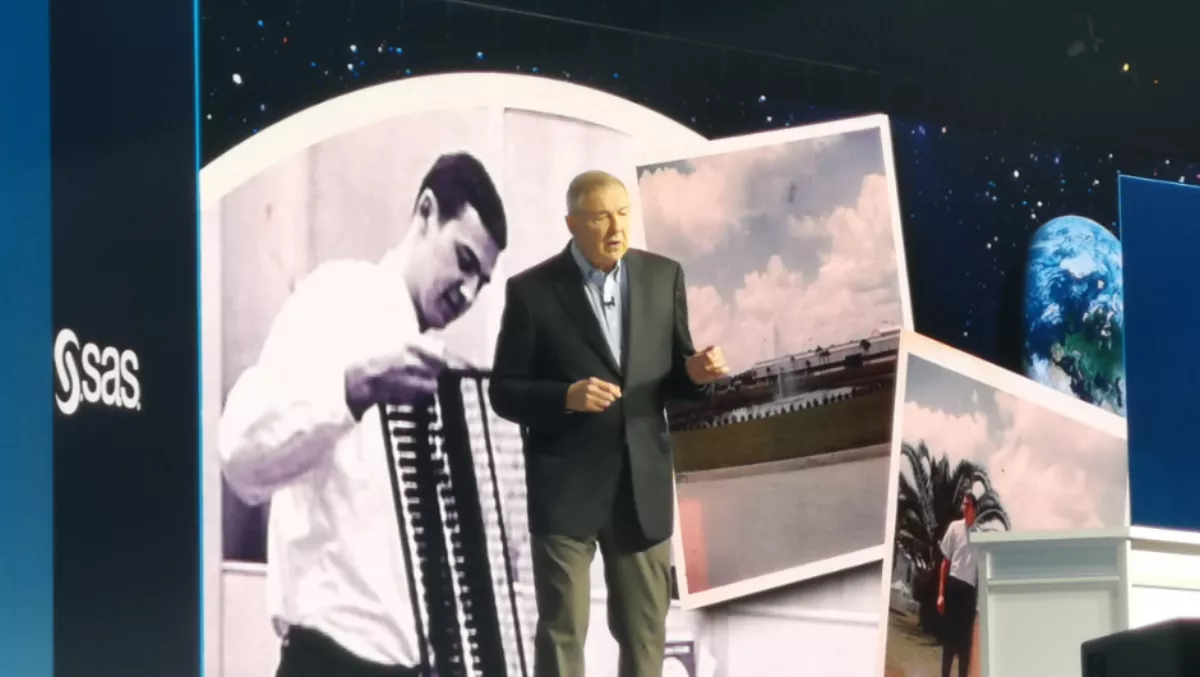
Interview: Understanding the difference between analytics and AI
Recently IT Brief had the opportunity to sit down with SAS CEO Dr Jim Goodnight to discuss analytics, AI and the future of SAS.
To start off with can you just tell us a bit more about SAS' journey within the education industry?
We have always had situations where businesses approach us and ask us to work with higher education institutions to ensure that students are familiar with our products because those skills are vital to the aforementioned businesses. So, we work with universities to set up programs that teach students analytics, and we've been doing that for a while.
Can we just switch gears a bit to healthcare, how do you see the industry changing with emerging tech?
A lot of stuff in healthcare we're doing right now is around computer vision, to help the doctors. In Amsterdam, we're working with them to try to better understand whether chemotherapy is working or not, whether it's reducing the size of tumours. And I think as the doctor on stage said that is one of the worst parts of a doctor's job is to sit there for hours going over CAT scans. We're working on making that process more automated.
Obviously, we're still working on this mainly at a university level, however, the potential impact of this technology is immeasurable. When it comes to data, I am of the belief that anything a human can see, we can teach a machine to learn it.
On the note of higher analytics, AI is often used as an umbrella term for analytics tools and this, in turn, can lead to misconceptions about its capabilities. What are some of the major risks of these misconceptions and what would your advice be to CTOs looking to adopt this technology?
Well, that once again depends on what you believe AI is. Artificial intelligence is defined as a computer making choices a human would normally make, however, that could mean a lot of things. The AI systems we have at the moment are primally rules-based, as you mentioned they analyse data and then refer to a set of rules to make their choice. Sometimes this can lead to some issues.
Take for example a bartender serving drinks and replace him with a robot, now the robot asks for age if the person displays proof that they are over 21 they get served a drink because the machine deems that the legal move, however, it does not take into account behaviour or intoxication level. You can see how that might complicate things, it's the same for most businesses, you need to be aware of the limits of the current technology and not expect it to act beyond its programming.
I consider that most of the heavy-duty machine learning is artificial intelligence, but the strict, strict definition of that term. So, CTOs do have to be careful.
Just to finish off, SAS does a lot of work with children, schools and education programmes, what's been the major driver behind this?
I think it's important that the youth be able to read and write and do mathematics. So we do a lot of work in poorer places where kids aren't often afforded the same kind of education that you and I have received and I believe its important that we do our best to help them receive that and prepare them for a better future. In the US for example, only about 40% of the kids can read at the third-grade level when they graduate from the third grade. We need to live up to our societal duty and help those in need.

